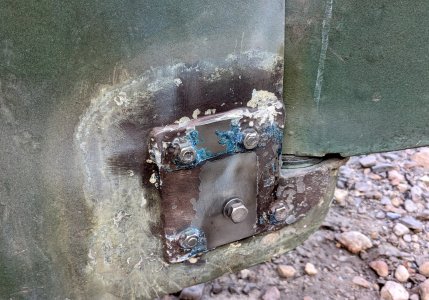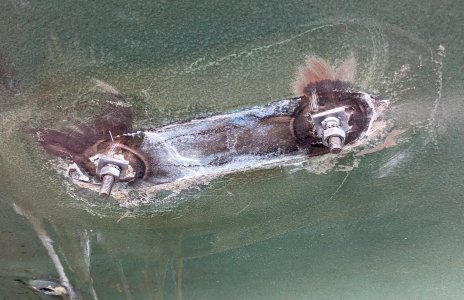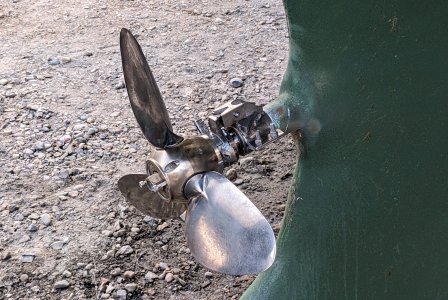vyv_cox
Well-Known Member
Bruntons have been supplying nylon screws with theirs for many years, more than 10. Overcomes all the galvanic problems that lead to anodes falling off.How did you know I had a mistress?!
Interesting that you're using a nylon screw instead of a s/s one - but what exactly is the hot pink bit?
I use a standard s/s one, with waterproof Loctite. I used to line the hole in the anode with sikaflex or similar, but didn't really notice any difference.



